Boiling Lake Facts
- This astonishing creation of natural forces typically, and understandably, goes by the common name of Boiling Lake. Perhaps the most noteworthy fact about this geological marvel in the minds of many is its extremely unusual impressive status.
- That’s because the wonder of Nature ranks as the second-largest hot lake in the world. Due in part to that fact, the site currently enjoys a certain degree of protection. It now forms part of the Morne Trois Pitons National Park, presently a World Heritage Site.
- This remarkable formation also has a rather impressive recent history. This holds true due to the fact that the first recorded sighting of this marvel occurred in the year 1870. That occurred due to the efforts of Edmund Watt and Henry Nicholls.
- The first scientific investigation of the site took place not long after, in 1875. It was because of this that its remarkable qualities came to light. Not only does the aptly-named formation remain extremely unique, but it holds another notable claim.
- That’s because the location of Boiling Lake also ranks as somewhat remote. In point of fact, the nearest road sits about 8.1 mi (13 km) from the site. Access therefore remains quite limited. That’s perhaps fortunate, since the site also stays fairly active.
- Due to this, it will occasionally drain, and even form geyser-like fountains of hot water and steam. Sometimes, the body of heated water will even empty and refill amazingly fast. Amazingly, this complete cycle sometimes occurs in only a single day.
Related Aericles
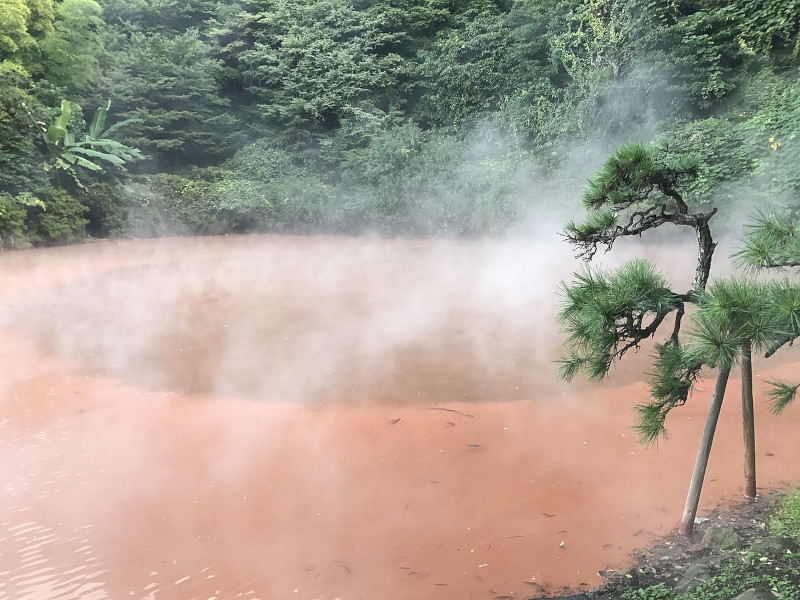
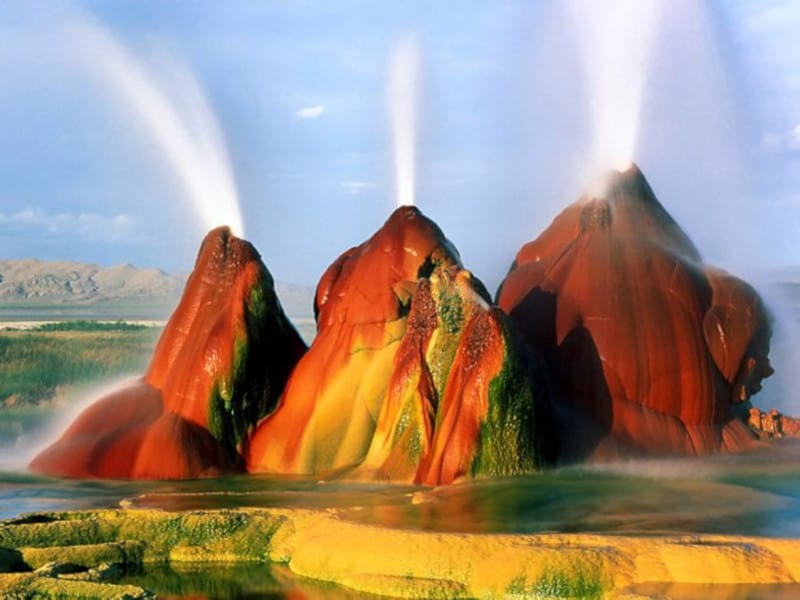
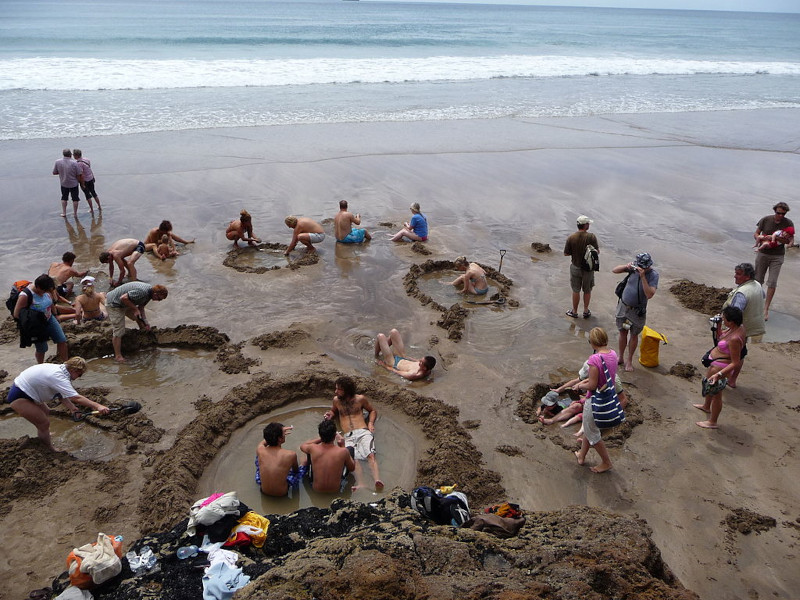
Boiling Lake Physical Description
The dimensions of the descriptively-named Boiling Lake remain constantly variable. This occurs largely due to local conditions. Typically mild phreatic eruptions in the region occur periodically. Understandably, these dramatically affect the level of the small lake.
Despite this variable nature, its diameter still manages to maintain a fairly regular size range. As a result, it averages between 200-250 ft (61-76 m) across. That’s quite large compared to most other features of its kind throughout the world, and is a distinguishing aspect.
The depth of the body of water naturally also varies, due to the same processes. However, an average depth has been determined to be about 195 ft (59 m). This, of course, understandably only applies to those times when the intriguing lake is fully formed.
The color of the water in Boiling Lake also frequently varies. These stunning hues change, sometimes becoming green. But these remarkable colors usually range from grayish-blue to bright blue. The temperature of its water ranges between 180-197 F (82-92 C).
This flooded fumarole sits amid jagged, formidable outcroppings of rock. These dangerous features themselves average approximately 100 ft (30 m) in height. In addition to the ever-present steam, the site also occasionally spews forth various noxious gases as well.
Boiling Lake Location and Formation
The beautiful yet dangerous Boiling Lake formed in a region of the globe well known for the presence of various natural wonders. That exact location might surprise some individuals, though. That’s because it does not reside on any of the continents of the earth.
As the previous statement implies, the extraordinary body of water sits on an island, not the mainland. More precisely, it’s found on the island nation of Dominica. There, its precise location places the wonder approximately 6.5 mi (10.5 km) east of the town of Roseau.
The island itself, furthermore, lies in the Caribbean Sea. One of its closest neighbors, lying to the northwest, is the island of Guadeloupe, an overseas department of France. Martinique, another nearby neighbor, lies roughly south-southeast of the island.
Given the nature of its origins, the fascinating natural site not only has the distinction of being remote, but the surrounding terrain also presents extremely rugged conditions. The water of the lake itself additionally originates from two entirely separate sources.
These consist of plentiful rainfall and two small streams that flow into the site. As a result of this, the water of Boiling Lake becomes super-heated by proximity to the underlying magma chamber. However, the appearance of the water itself is independent of this action.
This occurs because various combinations of minerals present in the water create the dazzling color. Being comparatively porous in nature, the surrounding rocks also allow the water to escape rapidly when the nearby volcanic activity interrupts the regular inflow.
Features Sharing Its Region
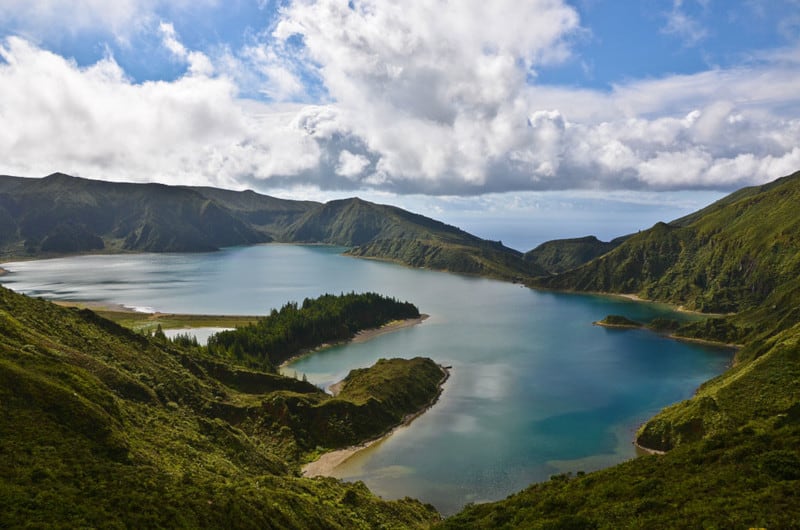

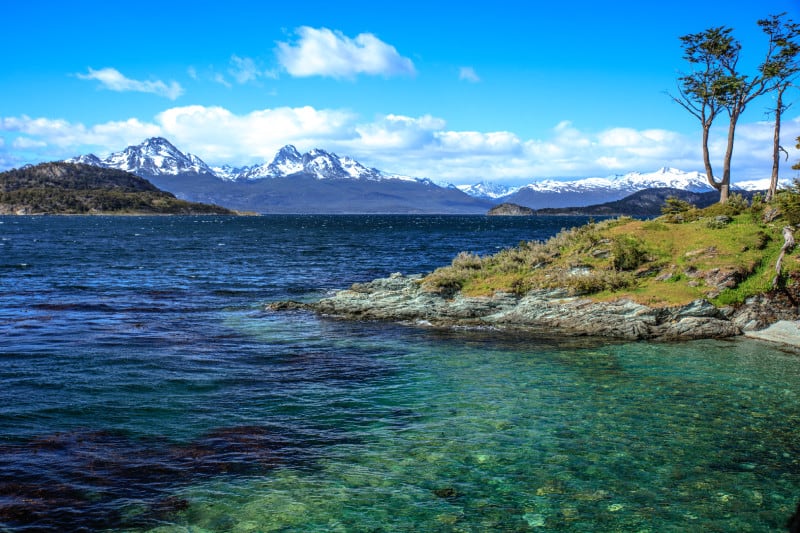
Check out our other articles on Incredible Sharks of the World, Kurinji, Pinecone Fish, Rosy Periwinkle, Ebor Falls, Bald Uakari, Vietnamese Mossy Frog, Golden Armadillo Lizard
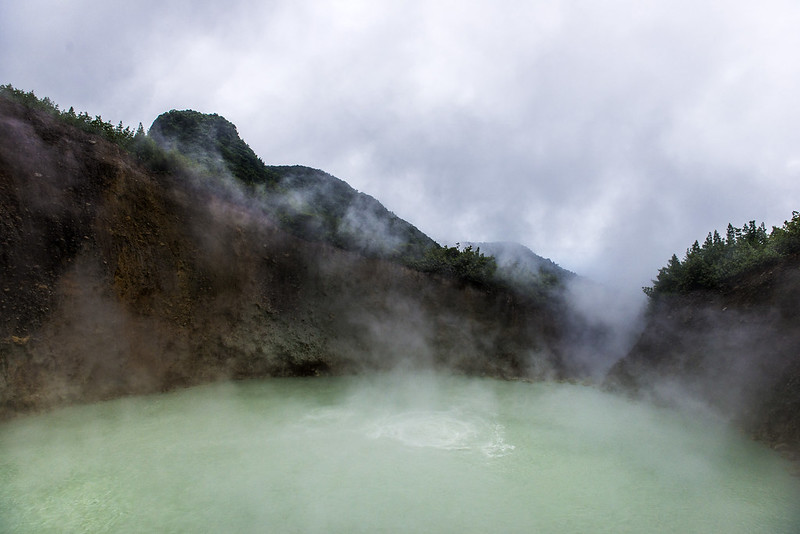
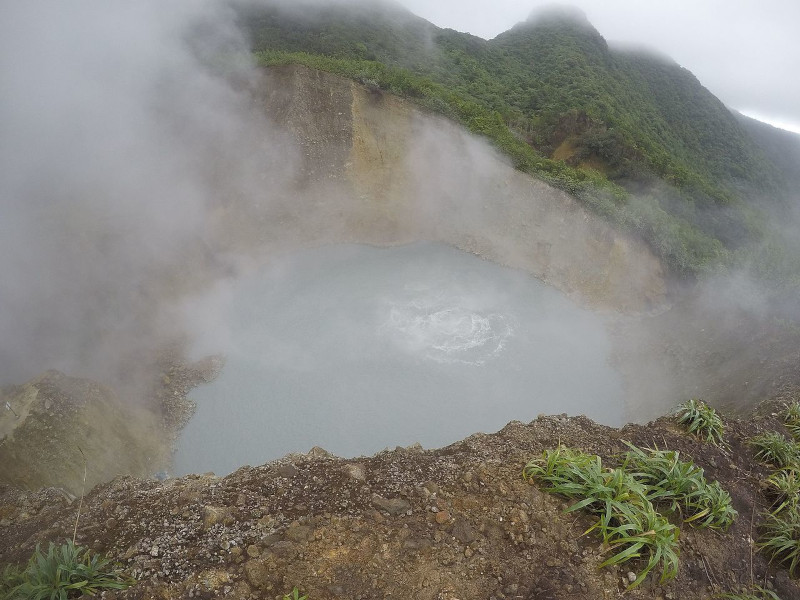
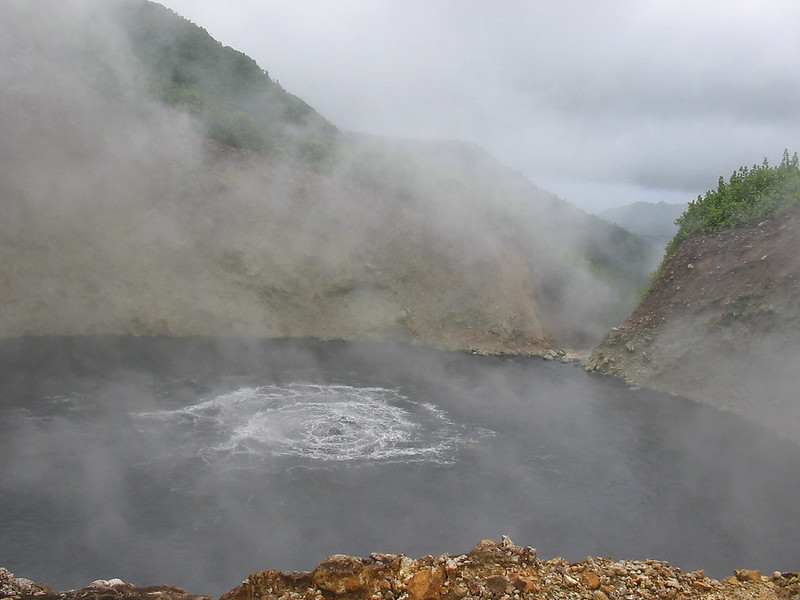









Please note that Roseau is in the country of Dominica and not Dominican Republic as stated in this article. Please make the correction to keep the world accurately informed.
Thanks.
Travis H.
Hello, Travis!
Thank you for pointing that error out to us, and for doing so politely. We endeavor to be as accurate as possible, but, being human, mistakes do occur. It is wonderful that our readers pay enough attention to spot our (hopefully few and far between) errors when they occur, and even more so when they are brought to our attention with courtesy. The error has now been corrected. Again, thank you.
Sincerely,
OBP